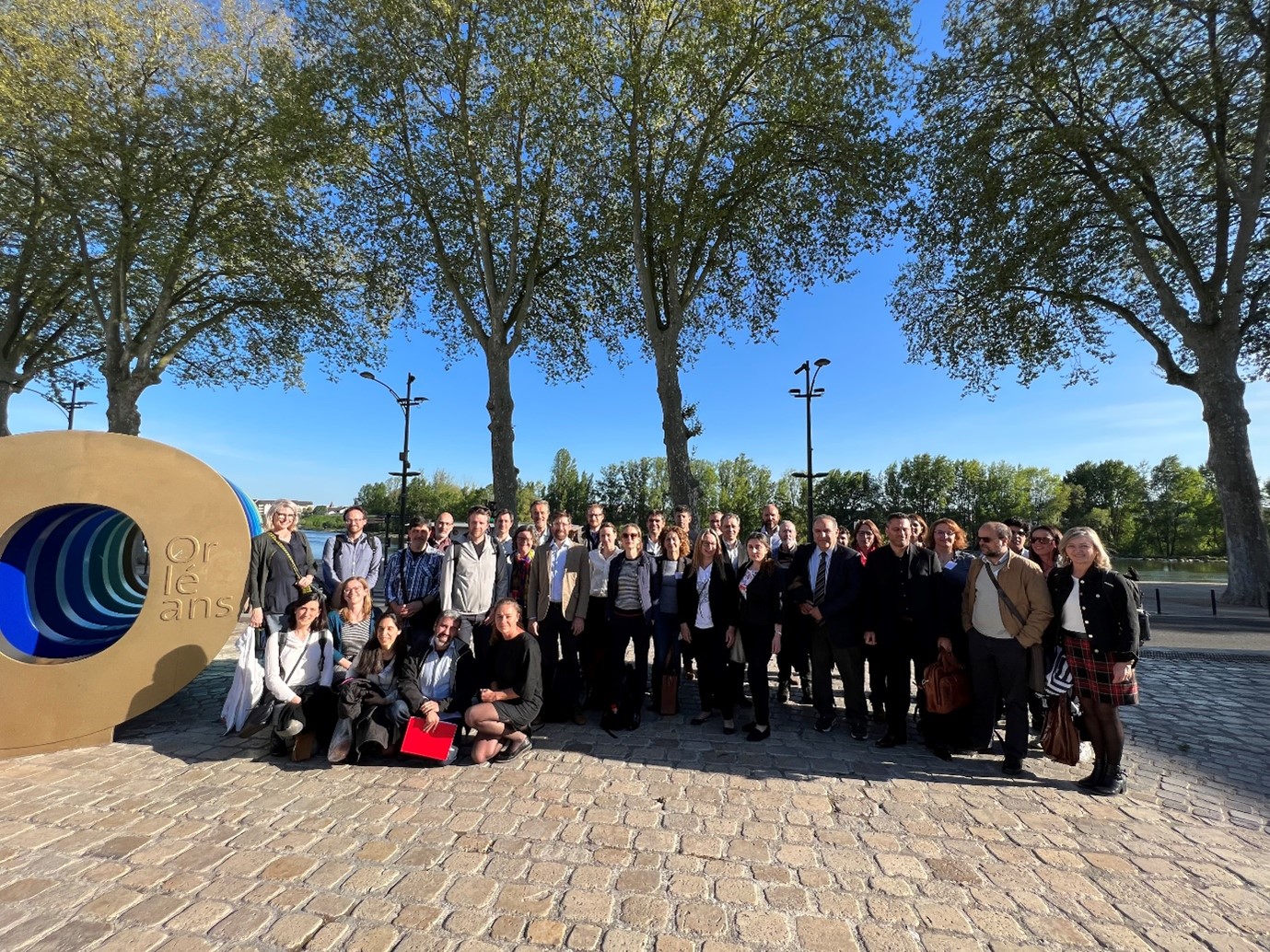In this blog, Erika Palfi of Scottish Carbon Capture and Storage reflects on the main themes of our recent annual General Assembly
On the 3-4th May, the PilotSTRATEGY project held its third General Assembly in Orléans, France. The meeting brought together experts from across Europe to discuss the challenges and opportunities of implementing Carbon Capture, Utilisation and Storage (CCUS) technologies in five European industrial regions. At the heart of these discussions were two key themes: the slow pace of government-led energy and climate strategy changes to include CCUS, and the public perception of CCUS safety.
While some European countries have made progress in including CCUS in their energy and climate strategies, it is still largely industry-driven. The main question industries are asking is when can they start injecting CO2 underground. However, explicit goals, a timetable and specifics on storage capacity are yet to be established. This lack of clarity could pose a risk to Europe's chances of creating an onshore CO2 storage market. Without such a market, European countries may be dependent on other nations such as Norway or the UK to store their captured CO2 emissions, which could be more expensive than onshore storage in Europe.
Project partners are particularly attentive to public perception of safety around CCUS and are very keen to maintain an open discussion with the public on how safety is managed in CCUS projects. Initial meetings with the public have identified some issues that are well understood and well managed by experts, and other issues that stem from misconceptions. For example, poor communication in the past has led people to imagine that CCUS storage sites will look like large caverns filled with CO2 like a large balloon, whereas the reality is that the CO2 fills the empty pores of micro-porous rocks, so the more appropriate geoscientific analogy is infusing a solid sponge of porous rocks.
To overcome these kinds of misconceptions, the CCUS community needs to communicate what a CO2 storage sites look like more accurately and keep being very open on how all aspects of safety are managed in a CCUS project.
To maintain public trust, CCUS experts need to understand that expertise and competence only make up a small portion of what is considered ‘credible’. Trust is established by listening, caring and showing genuine empathy towards the local community, which is assessed in the first 30 seconds of an interaction, rather than from what is perceived as competence and expertise.
Scientists and other experts need to be just themselves, authentic, when interacting with the public and sharing scientific knowledge.



